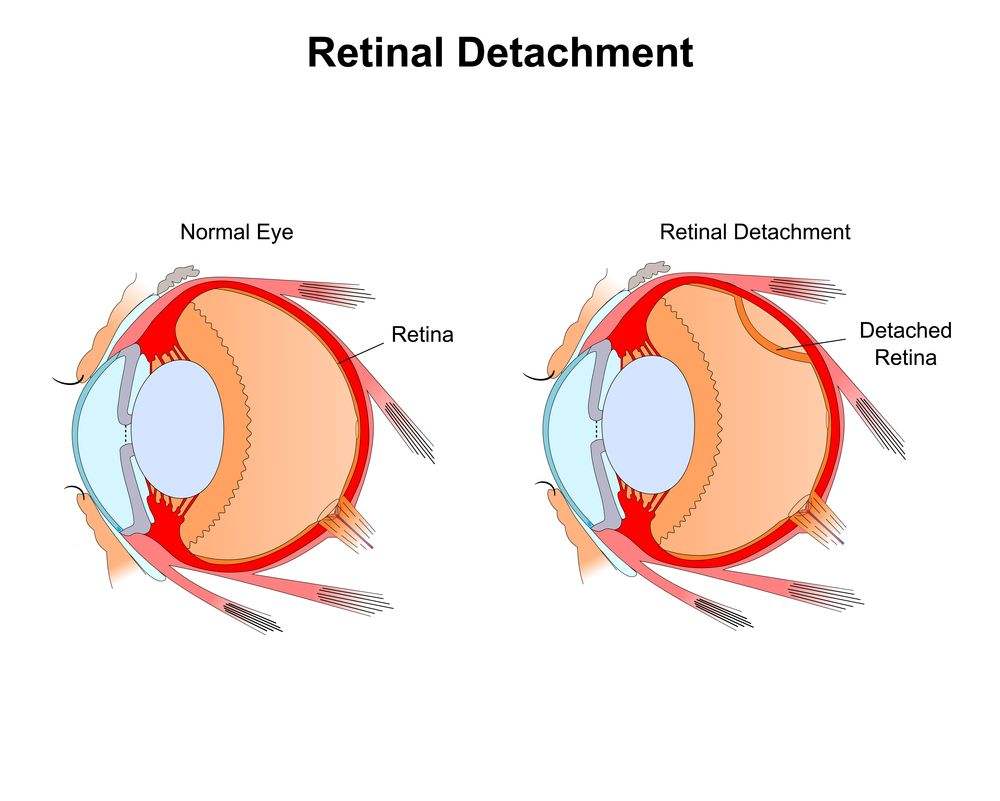Myopia Complications

Myopia is a trending topic because of the likely risks associated with it. Increasing myopia, mostly defined as by diopters (D) or 5.0 units, makes a higher chance for cataracts, myopic maculopathy, glaucoma, and retinal detachment. Only 1.0 D of nearsightedness doubles an individual chance of having cataracts and myopic maculopathy and the risk of having retinal detachment triples in comparison to the individuals having emmetropia. Emmetropia is a condition when you do not require any vision correction also called normal vision. At 3.0 D of nearsightedness, the chance of cataract triples, and the chance of myopia maculopathy and retinal detachment is nine times that of anyone with no problems of vision.
Therefore, at 5.0 D of nearsightedness, the chance of cataracts is increasing five times, 21 times the risk for the detachment of the retina, and 40 times increasing the chance of having myopic maculopathy. Laser eye surgery does consist of risks, such as:
- Reduction in night vision: This normally goes within 6 weeks
- Dry eyes: This will normally last for a few months, while which time you might make your eyes lubricate with unique eye drops
- Haze impact around sparking lights: this will normally transmit within 6 to 12 months
- Cutting off a lot of corneal tissue: This happens in almost 1 in 20 cases and might leave you with long-sighted eye
There is also a mild risk of serious complications potentially that can threaten the ability to see such as the cornea getting infected or too thin. But such problems do not frequently occur, happening in lower than 1 in every case of 500. Make sure you know all the complications before making your mind to have laser eye surgery. Nearsightedness or myopia is a refractive problem that leads to excessive axial elongation. Myopia might be treated optically by contact lenses, glasses, or refractive surgery. Furthermore, it has been linked with complications such as retinal detachment (RD), open-angle glaucoma (OAG) myopic macular degeneration (MMD), and cataract. These complications might cause irreversible vision impairment in life later.
The most significant complication of nearsightedness is MMD which is the most occurring cause of impairment of vision, significantly for high myopia. The specifications of MMD are Fuchs spot, lacquer cracks, chorioretinal atrophy, and choroidal neovascularization (CNV). Sometimes posterior staphyloma is considered a special kind of MMD; therefore others are considering it other than a risk factor for having MMD. The most occurring peripheral retinal lesion in patients of high myopia is pigmentary degeneration, paving stone degeneration, RD of which RD is the most visually threatening.
For cataracts, the link with nearsightedness is less apparent. Insignificant, nuclear cataracts might occur in a myopic shift that hampers the determination of the genuine refractive error. The occurrence of nearsightedness and high myopia is increasing all around the world and it is expected that the complication burden will cause considerable visual morbidity in the future. Therefore, myopia is the most occurring reason for the irreversible impairment of vision in the population that is working. (6)
